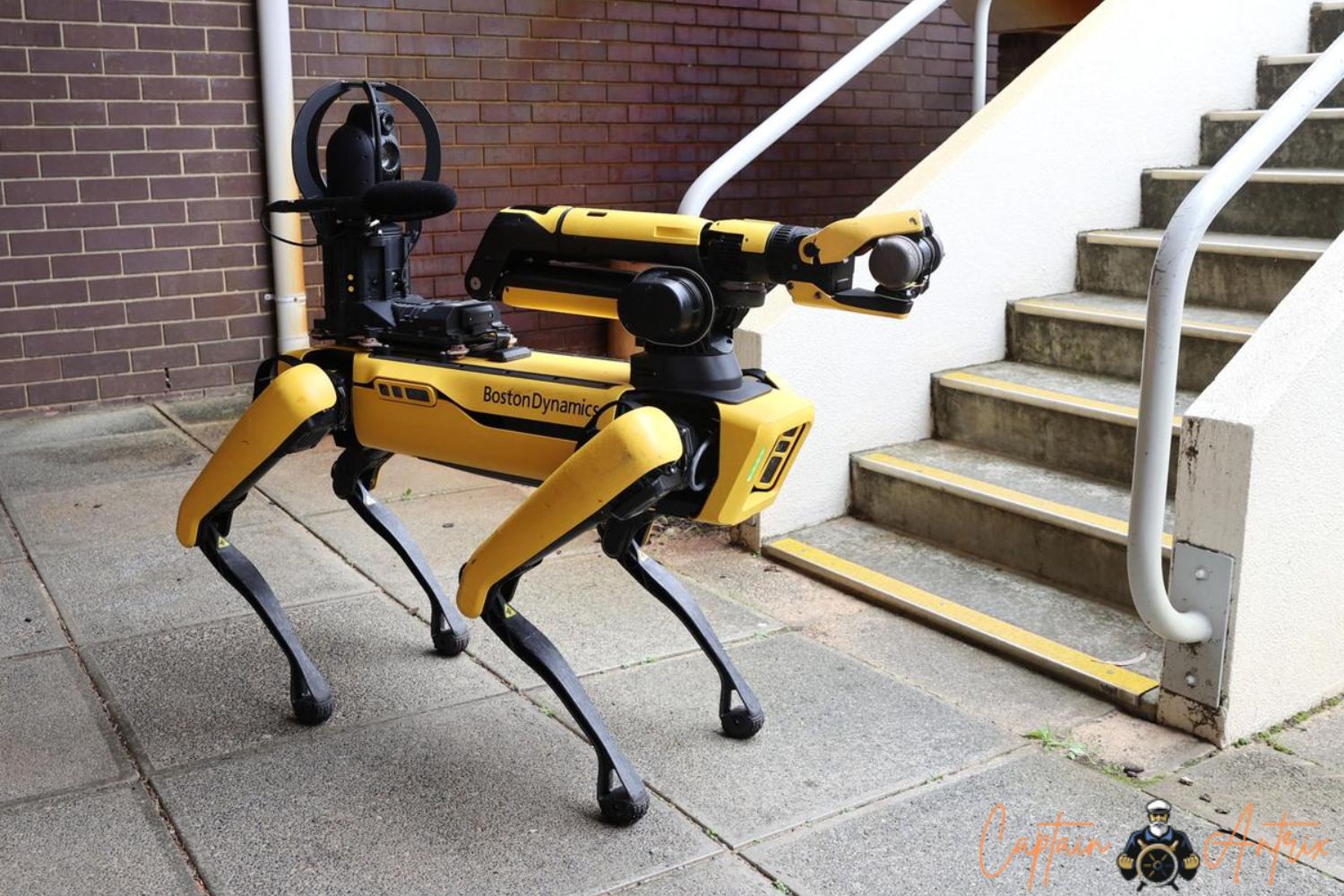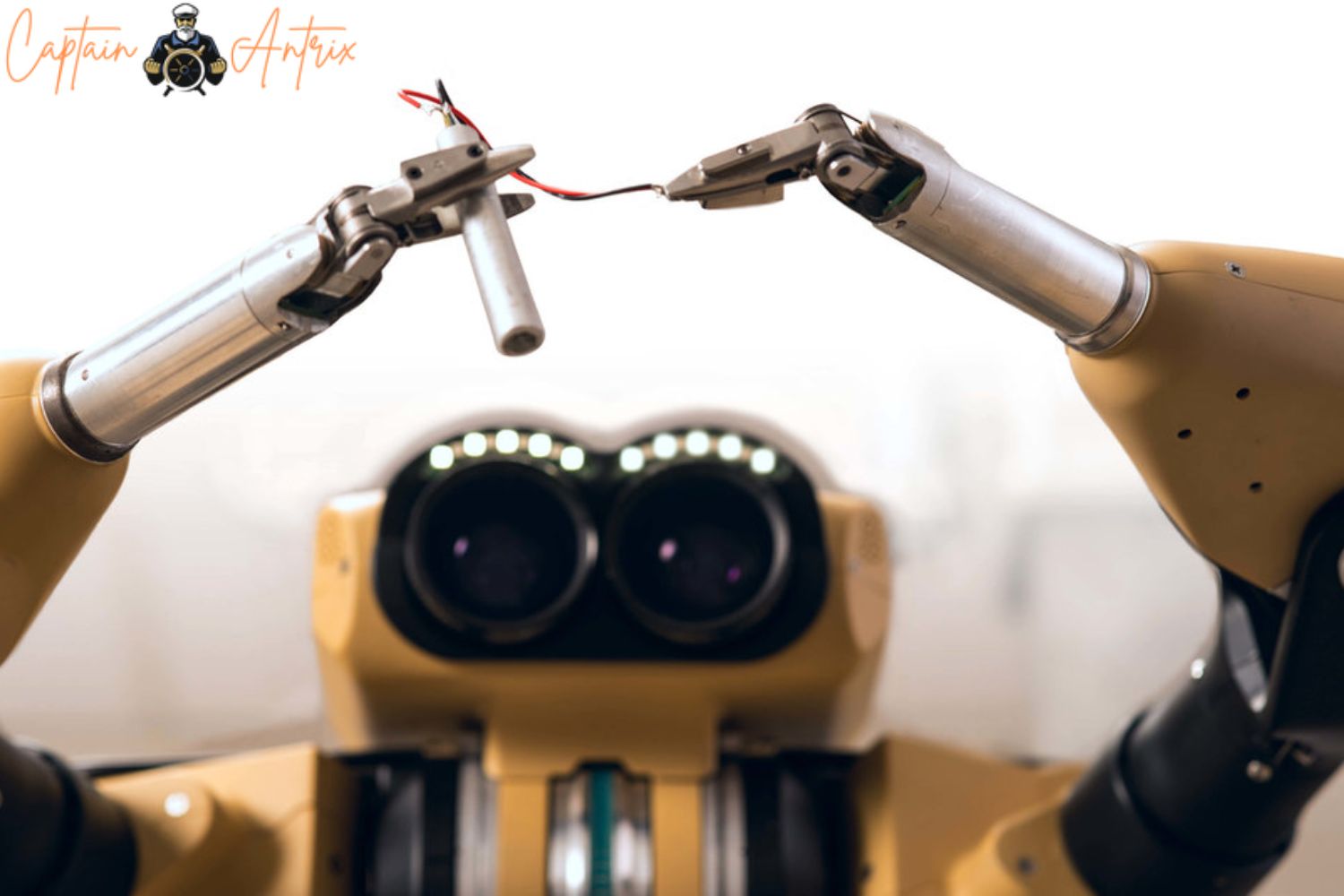
In a remarkable showcase of technological innovation, a group of programmers recently introduced the transformative potential of robotic dogs during the Defence AI Centre's sponsored Hackathon held from November 7th to 9th. This event marked a significant leap forward in bomb disposal capabilities, demonstrating how these robotic counterparts could undertake hazardous tasks typically performed by Army bomb disposal experts.
1. Collaborative Endeavors at the Hackathon
During this intensive Hackathon, five teams of proficient programmers collaborated to explore the capabilities of robotic dogs. These cutting-edge machines demonstrated remarkable skills, including climbing stairs, navigating obstacles, and traversing rough terrain. The programmers dedicated the initial two days to developing strategies and refining programming techniques, preparing for the real-world challenges they would simulate in the subsequent testing phase.
2. Real-Life Simulations and Demonstrations
The testing phase involved deploying the robotic dogs in an environment meticulously designed to replicate the complexities faced in actual life-threatening scenarios. The robots successfully executed their programmed functionalities, showcasing their potential in mitigating risks associated with bomb disposal tasks. On the final day, the teams presented their achievements to members of the 29 Explosive Ordnance Disposal (EOD) & Search Group, prominent experts within the British Army specializing in tactical and technical explosives expertise.
3. Positive Responses from Military Experts
Lt Col Chris Coles, representing the 29 EOD&S Group, expressed admiration for the talent and commitment displayed by the programmers. He highlighted the potential of these robotic innovations to facilitate research and development in the Explosive Ordnance Disposal and Search (EOD&S) space, particularly in creating tools that minimize the need for personnel to be in close proximity to dangerous situations.
Cdre Rachel Singleton RN, Head of the Defence AI Centre (DAIC), emphasized the excitement surrounding the collaboration between Defence, industry, and academia. The event focused on developing a solution for a real-use case, with the primary goal of enhancing the safety of military personnel. She underlined the importance of fostering collaborative innovation in a responsible manner.

4. Industry and Defence Collaboration
Wing Commander Paul Austin, from the DE&S Future Capabilities Group, highlighted the passion within DE&S for identifying technological advancements to give the Armed Forces a strategic edge. He commended the collaborative efforts between the Defence enterprise and industry partners, citing the event as a prime example of the enthusiasm displayed by participants in solving military-focused problems.
5. Recognition and Awards
A panel of judges, including representatives from the 29 EOD&S Group, DAIC, and Defence Equipment and Support (DE&S), evaluated the teams and recognized achievements in various categories such as teamwork, collaboration, innovation, practical application, and endeavor and focus.
The Hackathon, hosted by the Defence AI Centre in collaboration with the Expeditionary Robotics Centre of Expertise (ERCoE), showcased the potential of robotic dogs in revolutionizing bomb disposal. This event stands as a testament to the collaborative efforts of Defence, industry, and academia in driving technological innovation for the safety and security of military operations.
As the Defence AI Centre continues to explore technological advancements, this event exemplifies a pivotal step toward integrating innovative solutions into military practices. The centre's commitment to responsible and effective practices aligns with the principles outlined in the 2021 Integrated Review.
Tags:
Global News
